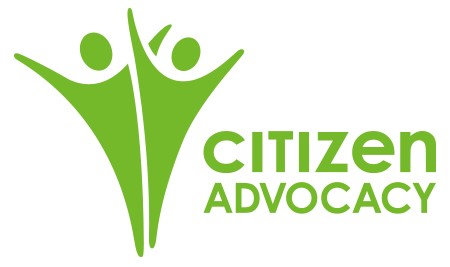Supported Decision-Making (SDM) is an empowering approach that enables people with intellectual disability to make their own decisions with the assistance of trusted supporters. In this article we look at the principles of SDM, highlighting how it respects autonomy, promotes inclusion, and ensures that human rights are respected, protected and fulfilled.
What is Supported Decision-Making?
Supported Decision-Making is a process where people with intellectual disability receive the support they need to make decisions about their own lives. Unlike guardianship or substitute decision-making, where decisions are made on behalf of the individual, SDM respects and promotes the individual’s right to make their own choices.
Fundamental Principles of Supported Decision-Making
Autonomy and Empowerment:
SDM is grounded in the belief that every individual has the right to make their own decisions and to have those decisions respected. Supporters provide the necessary assistance to help individuals understand their options, weigh the pros and cons, and make informed decisions. The final choice always remains with the individual.
Person-Centred Approach:
A person-centred approach focuses on the unique preferences, values, and needs of the individual. Supporters tailor their assistance to align with the individual’s specific circumstances, ensuring that their personal goals and desires are prioritised in the decision-making process.
Respect for Rights:
SDM is rooted in the recognition of the legal and human rights of people with intellectual disability. Supporters ensure that the individual’s rights are upheld, and that they are free to make decisions about all aspects of their lives, including health, finances, and personal relationships.
Building Capacity:
SDM aims to enhance the decision-making capacity of individuals over time. Through consistent support and education, people develop their skills and confidence in making decisions, leading to greater independence and self-determination.
Support Networks:
Effective SDM relies on a network of supporters who can provide different types of assistance. This network may include family members, friends, professionals, and advocates, all working together to support the individual in various decision-making scenarios.
Flexibility and Adaptability:
SDM recognises that support needs can change over time and across different situations. Supporters remain adaptable, adjusting the level and type of support based on the individual’s evolving needs and circumstances.
Transparency and Communication:
Clear and open communication is essential in SDM to ensure that the individual understands their options and the potential consequences of their decisions. Supporters use accessible language, visual aids, and other communication tools to facilitate understanding and engagement.
Implementing Supported Decision-Making: Steps and Strategies
Identify Supporters:
Select a trusted network of supporters who are committed to respecting the individual’s autonomy and preferences. Involve the individual in choosing their supporters, ensuring they feel comfortable and confident in the support they receive.
Assess Support Needs:
Determine the specific areas where the individual needs assistance in decision-making. Conduct assessments and have discussions with the individual to understand their strengths and areas where support is needed.
Develop a Support Plan:
Create a plan outlining the types of support that will be provided and the roles of different supporters. Collaborate with the individual and their support network to ensure the plan is comprehensive and aligns with the individual’s goals.
Provide Training and Resources:
Equip supporters with the knowledge and tools needed to provide effective assistance. Offer training sessions, workshops, and access to resources on communication techniques, legal rights, and ethical considerations.
Facilitate Decision-Making:
Support the individual in making decisions, providing information and guidance as needed. Use decision-making aids, such as pros and cons lists, visual supports, and simplified explanations to help the individual understand their options.
Review and Adjust:
Regularly review the support provided and make adjustments as needed. Hold periodic meetings with the individual and their support network to discuss what is working well and what needs to be improved.
Supported Decision-Making represents a transformative approach that empowers individuals with intellectual disability to take charge of their own lives. By adhering to the principles of autonomy, person-centred support, respect for rights, capacity building, support networks, flexibility, and transparent communication, SDM promotes a more inclusive and equitable society. Effective implementation of SDM requires commitment, training, and collaboration, but the benefits for individuals and communities are profound and far-reaching.




